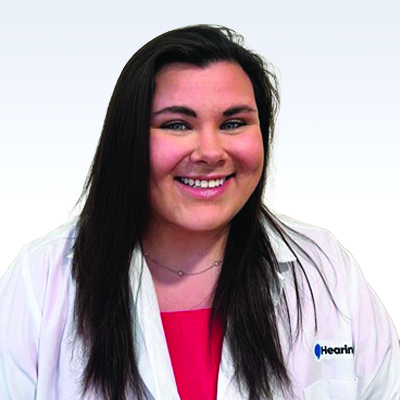Hearing loss can affect people in many ways. For some, it impacts both ears equally, while for others, one ear may be significantly weaker than the other. This type of hearing loss is called single-sided deafness (SSD), and it can be both frustrating and isolating for those it affects. Fortunately, there are solutions to help those experiencing SSD regain their ability to hear and engage with the world around them.
What Is Single-Sided Deafness (SSD)?
Single-sided deafness occurs when a person loses hearing in one ear while the other ear maintains normal hearing. The causes of SSD vary and can include things like ear infections, trauma, or conditions such as Meniere’s disease. While someone with SSD can still hear from their "good" ear, they may have trouble with:
- Locating the source of sounds (since sound only comes from one side)
- Understanding speech in noisy environments (as the brain relies on both ears to separate background noise from important sounds)
- Understanding speech from the opposite side of the hearing loss (because sound cannot be heard clearly by the deaf ear)
So, how can people with SSD overcome these challenges and hear better?
Hearing Aid Options for Single-Sided Deafness
There are always options available to help people hear their best with any type of hearing loss, including single-sided hearing loss. For single-sided deafness, the preferred options are designed to either amplify sound for the weaker ear or transfer sound from the affected ear to the better ear.
CROS and BiCROS Hearing Aids: For people with SSD, CROS (Contralateral Routing of Signals) and BiCROS (Bilateral Contralateral Routing of Signals) hearing aids are often the most effective solution. These devices work by transmitting sound from the deaf ear to the “hearing” ear, helping individuals hear from both sides, even when one ear has little or no hearing ability.
CROS vs. BiCROS: What’s the Difference?
Both CROS and BiCROS hearing devices are designed to help individuals with single-sided deafness, but they function slightly differently, depending on the degree of hearing loss in the better ear.
- CROS Hearing Aids: CROS devices are used when the person has normal or near-normal hearing in one ear but no hearing in the other. The device works by capturing sounds from the deaf ear and transmitting them wirelessly to the functional ear, where they can be heard clearly. This helps with hearing sounds that would otherwise be missed, such as speech from the side of the deaf ear or sounds from behind.
- BiCROS Hearing Aids: BiCROS hearing aids are used when the person has hearing loss in both ears, but the degree of hearing loss is much worse in one ear. Like CROS devices, BiCROS hearing aids send sound from the weaker ear to the better ear. However, BiCROS devices also amplify sounds for the better ear, so they work to compensate for the hearing loss in both ears. This option is often recommended when there is a significant difference in hearing ability between the two ears.
How Do CROS and BiCROS Hearing Devices Help?
Both CROS and BiCROS systems work by capturing sound from the side of the head with hearing loss and transmitting it wirelessly to the side with better hearing. Here's how they can help:
- Improved sound directionality: With two hearing devices working together, people with SSD can hear sound from the side of their hearing loss, helping them locate where sounds are coming from. This is especially helpful in situations like conversations where people speak from the opposite side or in busy environments.
- Better understanding of speech: By hearing from both ears, even if one is not functional, users can better understand speech, especially in noisy settings like restaurants or parties. The brain can process sound from both sides, making it easier to focus on a conversation.
- More natural hearing experience: The combination of sound from both ears mimics the way the brain is accustomed to hearing, leading to a more natural listening experience and less strain on the good ear.
Single-sided deafness can be challenging, but with the right technology, individuals with SSD don’t have to miss out on hearing the world around them. Devices like CROS and BiCROS hearing aids offer solutions by helping those with hearing loss in one ear to hear better, even in tricky situations. Whether you have full or partial hearing in your better ear, these devices are tailored to improve your overall hearing experience and quality of life.
If you're experiencing SSD, book an appointment at HearingLife today and demo a CROS or BICROS hearing aid.


